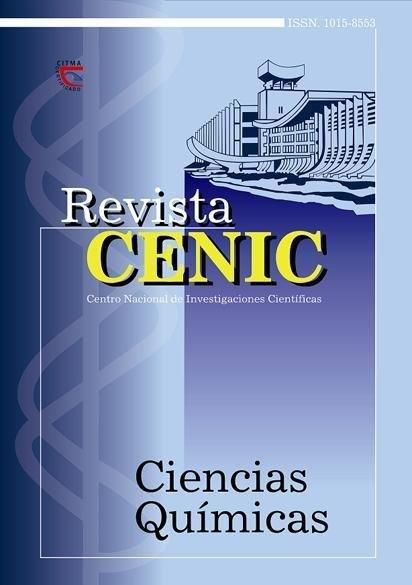Tratamiento térmico a velocidad controlada como nuevo método pare la preparación de hidroxiapatita sintética .
Abstract
The control of the pore morphology in the hydroxyapatite synthetic ce ramics has limited_their application inside the field ofthe bone implant materials, but even when it is used as a filler in cements and other formulations used in the orthopedic surgery. In this paper, the authors show results that demonstrate the effectiveness of a variant from the novel technique of controlled rate thermal analysis, developed for the preparation of ceramic materials with controlled textural characteristic, in the formation of ceramic powders of synthetic hydroxyapatite at lowtemperatures. The thermal treatments of the hydroxyapatite were carried out in a device that is connected to a computer with software able to control the system temperature and pressure, maintaining the speed of constant decomposition. The results when preparing ceramic powders of hydroxyapatite to 300 and 365 "C at low controlled pressure, starting from calcium deficient synthetic hydroxyapatite with a molar relationship Ca/P equal to 1.64 are reported; it was ·checked by IR spectroscopy and X-Ray Diffraction, being observed in fuese analyses that the formed phase corresponds to the pure hydroxyapatite, even at 300 ºC ofmaximum temperature ofthe experiment. When analyzing the adsorption isotherms of nitrogen for BET, values of specific surface were obtained between 25 and 35 m2/g, with pares size at the range of 5-30 nm in both cases. It was demonstrated that with the use of the control rate thermal treatment technique, the temperature is not the decisive parameter for the formation of the apatitic pure phase.

Downloads
Published
How to Cite
Issue
Section
License
Copyright (c) 2000 Copyright (c) 2000 Revista CENIC Ciencias Químicas

This work is licensed under a Creative Commons Attribution-NonCommercial-ShareAlike 4.0 International License.
Los autores que publican en esta revista están de acuerdo con los siguientes términos:
Los autores conservan los derechos de autor y garantizan a la revista el derecho de ser la primera publicación del trabajo al igual que licenciado bajo una Creative Commons Atribución-NoComercial-CompartirIgual 4.0 que permite a otros compartir el trabajo con un reconocimiento de la autoría del trabajo y la publicación inicial en esta revista.
Los autores pueden establecer por separado acuerdos adicionales para la distribución no exclusiva de la versión de la obra publicada en la revista (por ejemplo, situarlo en un repositorio institucional o publicarlo en un libro), con un reconocimiento de su publicación inicial en esta revista.
Se permite y se anima a los autores a difundir sus trabajos electrónicamente (por ejemplo, en repositorios institucionales o en su propio sitio web) antes y durante el proceso de envío, ya que puede dar lugar a intercambios productivos, así como a una citación más temprana y mayor de los trabajos publicados (Véase The Effect of Open Access) (en inglés).













